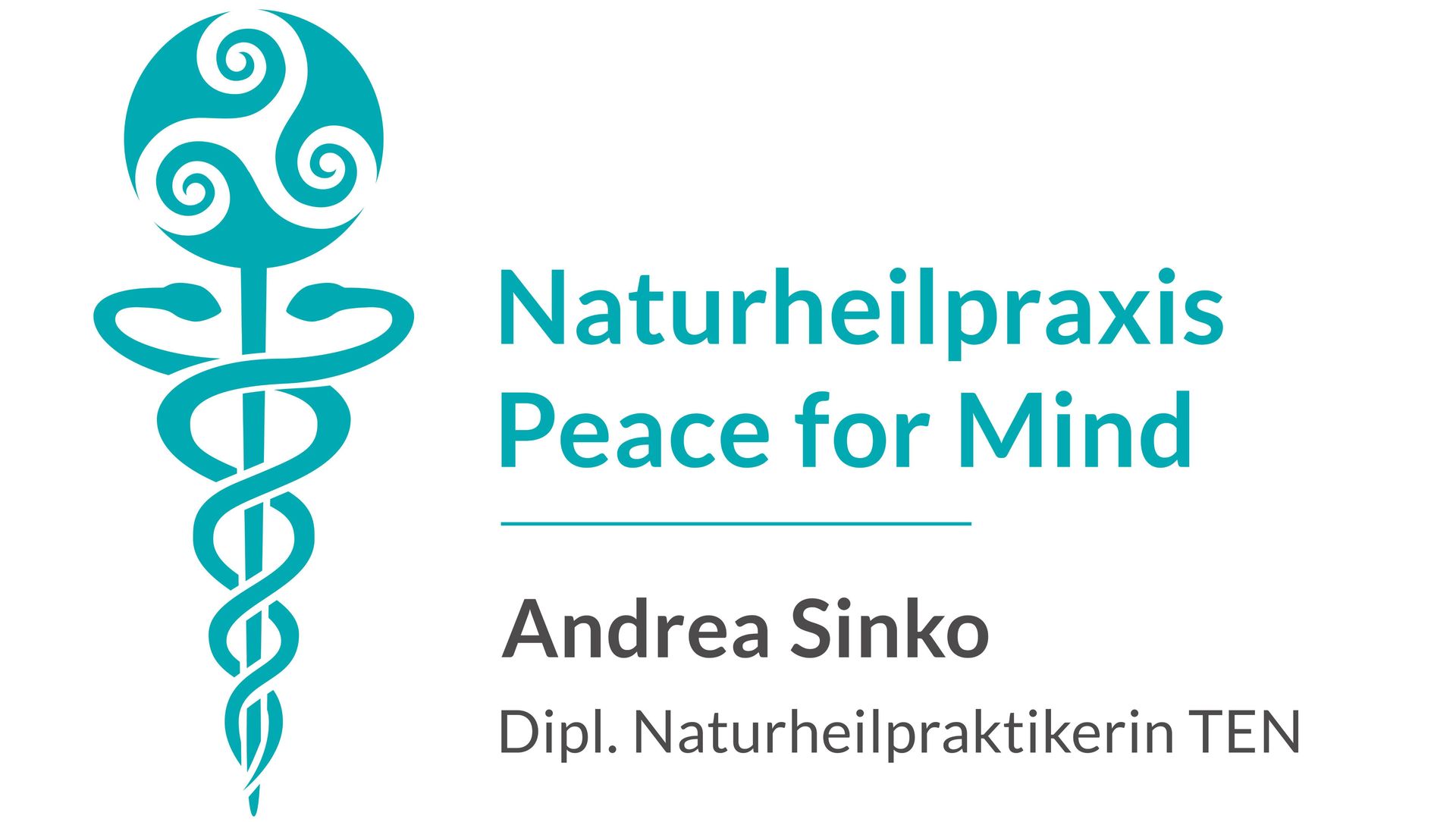Alternative medicine
Traditional European Naturopathy (TEN)
In many ways, the term naturopathy’ is self-explanatory.It originates from ‘natura’ (Latin root for birth) and ‘pathos’ (the Greek root for suffering) to suggest ‘natural healing’.Hence, naturopathy is pretty much synonymous with natural ways of healing and natural medicine.While conventional medicines act to suppress or eliminate symptoms (and frequently create new ones in the process), but cannot really cure, naturopathy has a very different aim,which is to address the underlying cause and stimulate the body’s natural capacity to heal itself until health and balance have been fully restored.This is because ultimately, only the body can heal itself.To support this process, naturopathy draws on a number of different methods and approaches.
The elements
TEN views humans as inseparably linked to nature.
It is based on the premise that nature and its elements are reflected in humans and have an impact on our health and lives.Hence, the traditional basic elements of air, water, fire and earth are considered active principles that have a real effect on our lives.In ancient times, these elements were associated with the four humours or bodily fluids:Blood (sanguine), phlegm (phlegmatic), yellow bile (choleric) and black bile (melancholic), each of which in turn was associated with a set of different qualities, i.e. warm, cold, wet and dry.
Homeostasis – internal balance
Today, the traditional elements of air, water, fire and earth are still considered active principles in this very way.
In ancient times, these elements were associated with the four humours or bodily fluids:
Blood (sanguine), phlegm (phlegmatic), yellow bile (choleric) and black bile (melancholic), each of which in turn was associated with a set of different qualities, i.e. warm, cold, wet and dry.
However, the four humours were also understood to define people’s physical and mental health and to determine their personality, thus giving rise to the four personality types of sanguine, phlegmatic, choleric, melancholic.
The term ‘homoeostasis’ first started to be used in a medical context in the first half of the 20th century.
It describes the internal balance between the cells, fluids, such as blood, lymph and digestive juices, and psychological well-being.This is referred to as a person’s ‘internal environment’.When a person is able to maintain an equilibrium between their fluids, they will be able to respond appropriately to internal and external stimuli and challenges,
meaning that a person is considered healthy.
Conversely, if there are blockages or an imbalance between the bodily fluids – the elements by which homoeostasis is maintained – a person will become ill.
By consciously honouring the rhythms of nature, the need to balance activity with rest, and by tending to all of the aspects of what it means to be human, TEN actively works with the whole person – in other words ‘holistically’ – to promote good and prevent ill health.
Hence, when a person experiences ill health, the aim of TEN is to restore balance in the body’s internal environment.This is because it is possible for the body to heal itself when this balance has been restored and all body systems are working in harmony.When this is the case, the body will also be able to overcome both persistent acute and chronic ailments.
‘Microbes can’t do any harm unless the host environment supports it!’
Prof. Dr Antoine Béchamp
Unique disease patterns – unique treatment plans
TEN consciously acknowledges the importance of the relationship between the therapist and patient and of taking into account the emotional, social, ecological and spiritual (e.g. that which gives meaning) aspects of a patient’s life.
In that respect, it is underpinned by a salutogenic approach, meaning that it focusses on supporting health rather than the factors that cause disease.
The way a disease unfolds in a person is a completely unique process that requires unique treatment.
Hence, a naturopath works to identify the type of imbalance and to find out its causes.
To do so, they use a number of different methods and approaches depending on their individual areas of specialisation and training.In addition to asking a range of questions and performing conventional medicine tests, they will also check their things such as patients’ heart rate, tongue, face or eyes.When doing so, a naturopath will not only use all of the obvious indications and test results for arriving at a diagnosis, but also use their intuition to obtain a more rounded and holistic sense of the situation.Between them, all of these different diagnostic methods will gradually reveal the direction that the treatment should take.



